Astronomy news, features and articles
Explore Astronomy
Latest about Astronomy
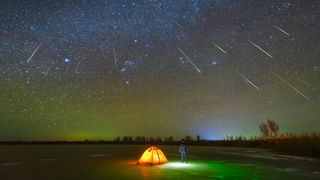
Orionids 2025: Meteor shower caused by Halley's Comet peaks as two new comets cross the sky
By Jamie Carter published
Comets Lemmon and SWAN will be at their brightest just as the annual Orionid meteor shower produced by Halley's Comet reaches its peak.
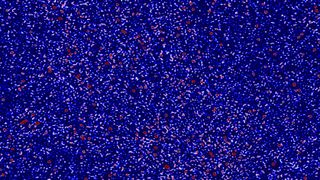
Astronomers close in on signal from Epoch of Reionization
By Sharmila Kuthunur published
A faint radio "whisper" from ancient hydrogen reveals the universe was heating up long before it filled with starlight.
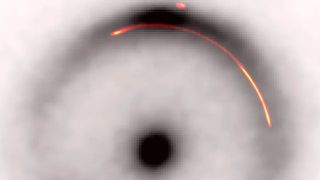
Record-breaking 'dark object' found hiding within a warped 'Einstein ring' 10 billion light-years away
By Harry Baker published
Researchers have found a suspected clump of dark matter lurking within the luminous halo of a well-known "Einstein ring." The mysterious object, the smallest of its kind ever seen, could help shed light on the universe's missing matter.
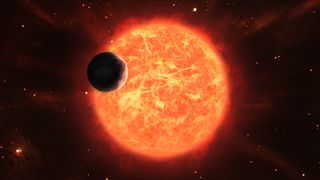
'Most pristine' star ever seen discovered at the Milky Way's edge — and could be a direct descendant of the universe's first stars
By Harry Baker published
Astronomers have discovered a surprisingly "pristine" red giant with the lowest concentration of heavy elements ever seen in a star. It is likely a direct descendant of one of the universe's first stars.

Chasing comets: How to photograph comets Lemmon and 3I/ATLAS
By Kimberley Lane published
Comets don't visit often — here's how to capture comet Lemmon, comet 3I/ATLAS, on your camera as they dance across our skies.
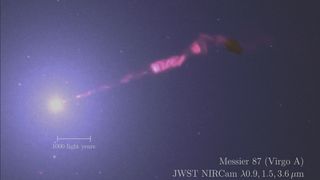
James Webb telescope finds something 'very exciting' shooting out of first black hole ever imaged
By Sophie Berdugo published
Using the James Webb Space Telescope's infrared camera, scientists have captured the gigantic jet blasting out of M87* in a new light.
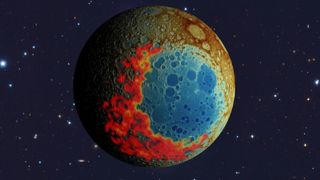
We were wrong about how the moon's largest and oldest crater formed — and that's great news for NASA's next lunar landing
By Harry Baker published
A new study has revealed that our understanding of the South Pole-Aitken basin was quite literally back-to-front, meaning astronauts on NASA's future Artemis III mission may be able to collect valuable samples of ancient radioactive material, known as KREEP.

Astronomers spot the most powerful and distant 'odd radio circle' ever seen
By Joanna Thompson published
With help from citizen scientists, astronomers have found the most powerful and distant "odd radio circle" ever detected.
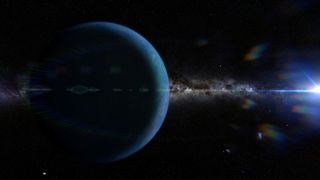
'Planet Y' theory hints at hidden Earth-size world lurking in the solar system — and it could be much closer to us than 'Planet Nine'
By Harry Baker published
A new study has proposed the existence of Planet Y, an alternative Planet Nine candidate that is smaller and closer to Earth than the hypothetical Planet X, which astronomers have been hunting for almost a decade. However, the evidence for this newly theorized world is "not definitive."

Hidden 'doomed' star revealed by James Webb Space Telescope could solve decades-old mystery
By Patrick Pester published
Researchers have identified a massive red supergiant on the brink of supernova in images from the James Webb Space Telescope, shedding light on a decades-old star mystery.
Get the world’s most fascinating discoveries delivered straight to your inbox.


